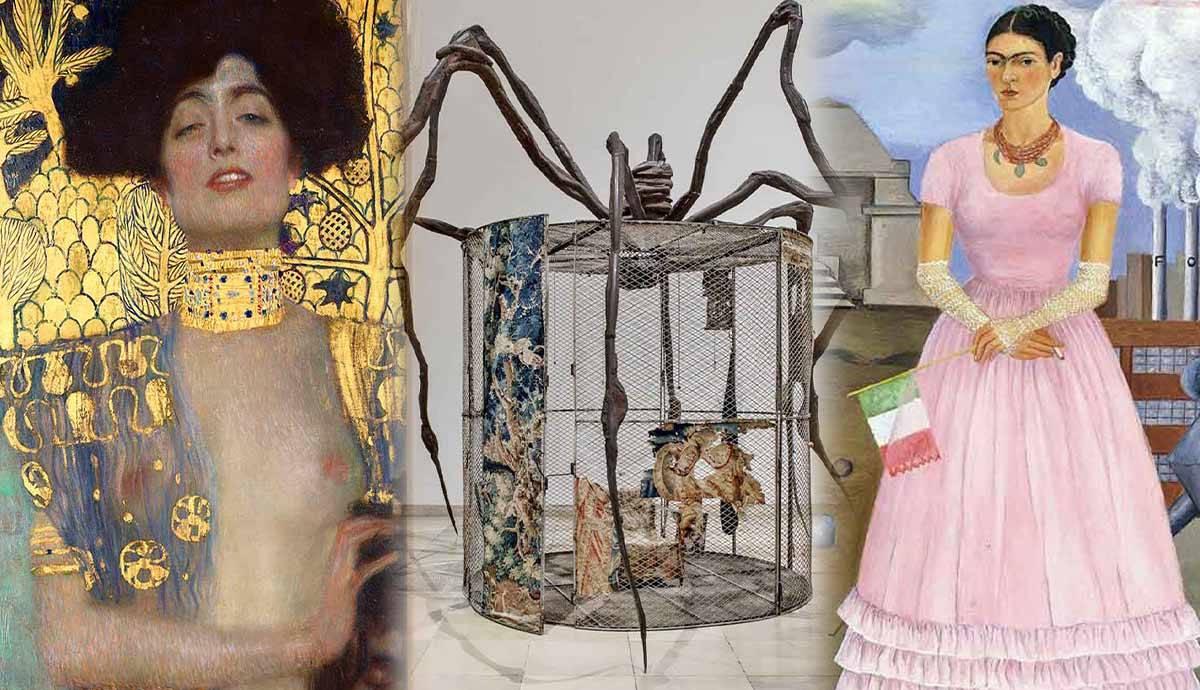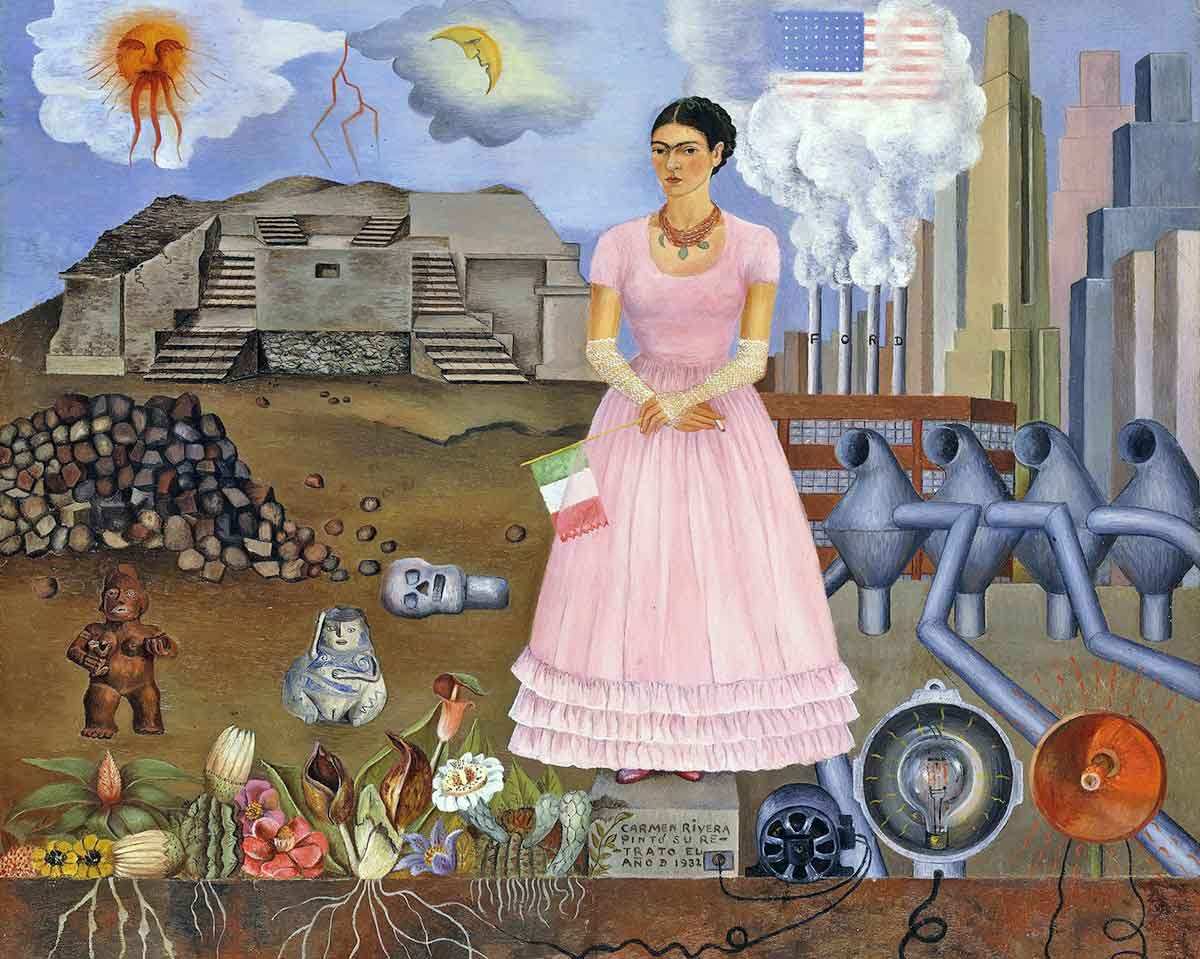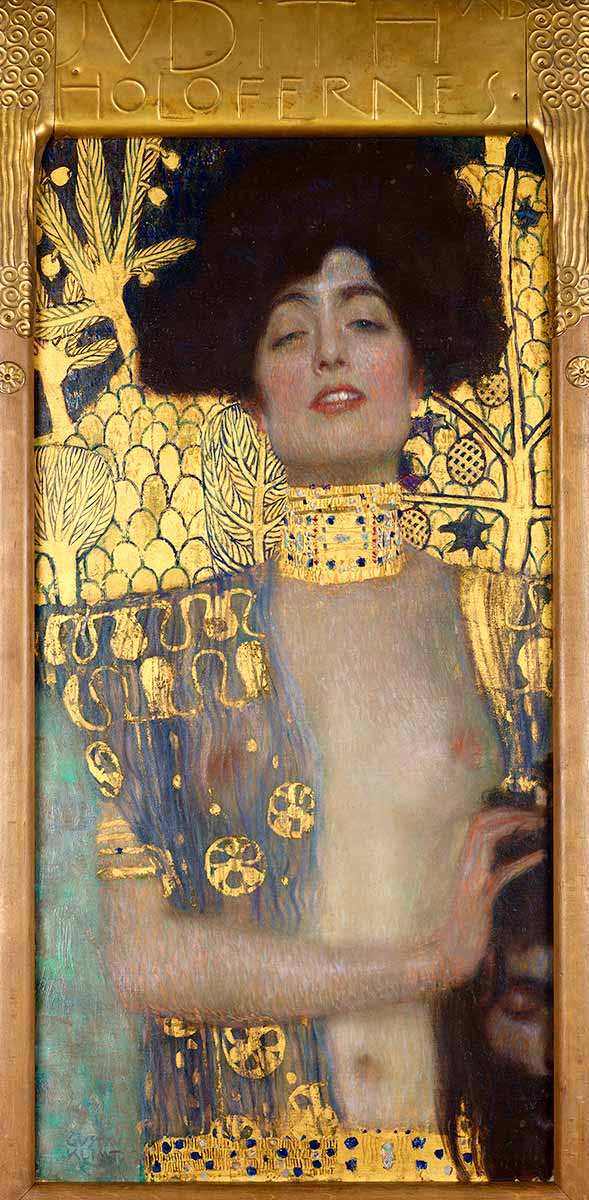
According to the artist Honoré Daumier, to be modern means to be of one’s own time. The groundbreaking modern art of the nineteenth and twentieth centuries has already become a part of the art historical canon, despite the outrage and confusion it provoked in the days of its birth. As the world rapidly changed, art trends shifted as well. Usually, these changes initially cause horror and disgust in the conservative public. Here are 12 modern artists you need to know!
12. The Father of Modern Artists: Gustave Courbet (1819 – 1877)

Although the experts still think about who the first modern artist was, the name Gustave Courbet comes up very often. Courbet’s uniqueness was seen in his uncompromising honesty. He refused to sugarcoat reality and address the mythical idealized realms. His main subject was the world as it was: brutal, direct, and beautiful in its own way.
Although present-day viewers would hardly see Courbet’s works as highly innovative, the decision to show the real world and real people was groundbreaking in the artist’s time. Courbet’s brand of realism did not shy away from the nuances of physical bodies, poverty, inequality, and social or political issues. His legendary work The Burial of Ornanes was met with confusion when the higher-class art critics, detached from the working-class life, mistook the poor crowd of mourners for traveling performers.
11. Salvador Dali (1904 – 1989)

The most famous Surrealist artist Salvador Dali was always surrounded by controversies. Some people are mesmerized by it while others are repulsed. Nonetheless, the Spanish master left a lasting mark on world history and pop culture. He developed his own symbolic visual language consisting of thin-legged elephants, melting clocks, and flying cats that are instantly and unmistakably recognizable decades after Dali’s death.
Get the latest articles delivered to your inbox
Sign up to our Free Weekly Newsletter
Dali’s life and work are also important in the context of the then-emerging celebrity culture. He was known for making controversial and offensive statements, wearing ridiculous outfits, and keeping exotic animals as pets. He was not ashamed of commercializing his name, appearing on television, and developing brand logos. While these actions cemented his reputation in the public mind, they also alienated him from the rest of the artists.
10. Georgia O’Keeffe (1887 – 1986)

The name of the mother of American Modernism Georgia O’Keeffe needs no elaborate introduction. She insisted that nothing was less real than realism, and that true representation of the world could happen only through careful selection of elements, and not by simply copying the scene in front of you. O’Keeffe was a brilliant colorist. The range and combinations of hues in her work mesmerize and make the flat canvases come alive.
Contrary to popular belief, O’Keeffe’s flower paintings were not supposed to be associated with female genitals. As the artist stated, her compositions were the starting point for detachment from reality towards abstraction. Unlike many other abstractionists, O’Keeffe chose not geometric, but purely organic forms as her primary instruments. O’Keeffe also refused to be associated with feminist art, insisting that her art had nothing to do with her gender.
9. Frida Kahlo (1907 – 1954)

The legendary modern artist Frida Kahlo had an enormous influence on the art world. Over the years, she became the icon of Surrealism, queer art, feminism, fashion, and much, much more. While her husband Diego Rivera had also achieved success, his fame could not reach the same level as Frida’s.
However, Kahlo’s popularity has a darker undertone to it, sometimes leading people to commit hideous acts. In November 2022 a Mexican art collector and NFT enthusiast Martin Mobarok purchased a drawing by Kahlo, only to burn it in front of the cheering crowd later. Mobarok claimed that he already immortalized the work by turning it into an NFT, thus eliminating the need for the original.
8. Cindy Sherman (1954 -)

The great modern photographer of her time and a true shapeshifter, Cindy Sherman radically changed the understanding of photography as an artistic medium. Most of her works are self-portraits, with Sherman trying on different identities and genders like costumes. However, she never makes random choices. All her characters are reflections of media personalities, fictional characters, or representatives of certain social groups.
In the context of Sherman’s gender, her artistic practice also touches upon the stigma of vanity related to women photographing themselves. At the same time, self-portrait as an artistic genre is essentially an act of self-recognition and self-respect. By blending these two contexts, Sherman opens a discussion on the fluidity and instability of social and gender norms.
7. Louise Bourgeois (1911 – 2010)

Louise Bourgeois is truly a legend of modern art, although she gained recognition relatively late in her career. From small textile objects to large-scale installations, Bourgeois’ main preoccupation was her own memory: her works explore the sense of protection, the concept of home, as well as mechanisms of trauma and unconscious desires.
Bourgeois’ work is based on her own mythology and recurring symbols. The most recognizable of them, a spider, is not a nightmare-inducing creature, but a symbol of Bourgeois’ mother and her love. It isn’t supposed to be threatening, but loving, caring, and preoccupied with protecting its family and weaving its web. The artist’s family ran a tapestry restoring business, and this fact for sure contributed to the Bourgeois’ symbolism and interest in textiles.
6. Leonora Carrington (1917 – 2011)

The great British Surrealist Leonora Carrington was one of the many artists who fled Europe as World War II unfolded. She spent her most productive years in Mexico, studying local folk art and creating her own. Carrington was among the activists of the women’s liberation movement in Mexico in the 1970s.
Just like other women Surrealists, Carrington brought a great conceptual variety into the male-dominated movement. Carrington’s world is inhabited by witches, sorceresses, and fairies, but these mystical women are far removed from the fetishistic characters of their male counterparts. Carrington’s characters own their space, every realm, and every aspect of it. Unlike other Surrealists, she was uninterested in the writings of Sigmund Freud, preferring to base her work on personal experiences.
5. Henri Rousseau (1844 – 1910)

A customs officer turned painter, Henri Rousseau was a truly outstanding figure. The critics ridiculed his naive childish style, while some of the most progressive artists praised him. Pablo Picasso once found Rousseau’s work selling on the street. Astonished by the style, he immediately found the author and organized a banquet in his honor, crowning him the King of Painters.
Despite being known for his paintings showing jungle scenes, Rousseau never left France and never saw his dreamlike landscapes in reality. All his knowledge of tropical flora and fauna came from travelers’ accounts and visits to zoos and botanical gardens. Curiously, Rousseau never realized how different he was from others, seeing himself as another successor to the academic painting tradition.
4. Gustav Klimt (1862 – 1918)

Despite the mythical connotations and the dream-like atmosphere of his works, Klimt wasn’t far removed from the scientific advancements of his time. A frequent guest of intellectual Viennese salons, Klimt had a profound interest in psychiatry and medical science of his era. His works incorporated the ideas of Darwinism and psychoanalysis in his works. His pieces were much more complex and intellectual than they seemed at first glance.
Klimt’s innovations, like his student Egon Schiele, frequently depicted female sexuality. Unlike many other artists of the time, Klimt did not limit his female characters to being solely fetishist symbols. Klimt’s women seem assertive and have agency, perfectly aware of their sexuality and their control of it.
3. Vincent van Gogh (1853 – 1890)

Deeply troubled and unappreciated during his life, Vincent van Gogh was not only a groundbreaking artist. He also greatly contributed to the myth about the unrecognized genius artist. His story was one of a tortured soul, misunderstood talent, and crushing loneliness.
A recent discovery made by the conservation and restoration team of the Pushkin Museum of Fine Arts in Moscow may explain a lot about the troubled mental state of the artist. A chemical analysis of pigments in the painting Red Vineyard at Arles showed that the paint has the artist’s saliva in it. During van Gogh’s lifetime, some types of paint were highly toxic and included elements such as lead and arsenic. Apparently, van Gogh licked his brushes while painting and heavy metal poisoning might have contributed to his crumbling mental state.
2. Henri Matisse (1869 – 1954)

One of the key artists associated with the Fauvist movement, Matisse’s unique approach to color and line made him a legend of modern art during his lifetime. Matisse’s idea to detach the color from its subject was groundbreaking at the time. In other words, the grass did not have to be painted green, and the sky was not necessarily painted blue. Matisse was influenced not only by the French tradition of painting but by North African art as well. His 1912 travel to Morocco left a lasting impact on his work, affecting both his style and his choice of subjects.
In his late years, Matisse’s poor health confined him to a wheelchair. Working with canvases and brushes was barely an option, so Matisse found an alternative path. He started painting with scissors by arranging colorful paper cutouts and pinning them to wooden panels.
1. THE Modern Artist: Pablo Picasso (1881 – 1973)

An ill-tempered genius with destructive habits and a unique vision, Pablo Picasso became a blueprint for the great modern artist. He was a pioneer of many art movements and techniques. He worked as a painter, sculptor, writer, and even art curator, organizing his own retrospective in 1932.
Although Picasso was a true innovator, his artistic accomplishments did not occur on their own. He was a highly educated artist who did not limit himself to the knowledge of his predecessors. Picasso learned from the world around him, being one of the first European artists to turn their attention to Non-Western art. He was also an avid art collector, buying the works of his underappreciated contemporaries.
This post was originally published on this site be sure to check out more of their content.









